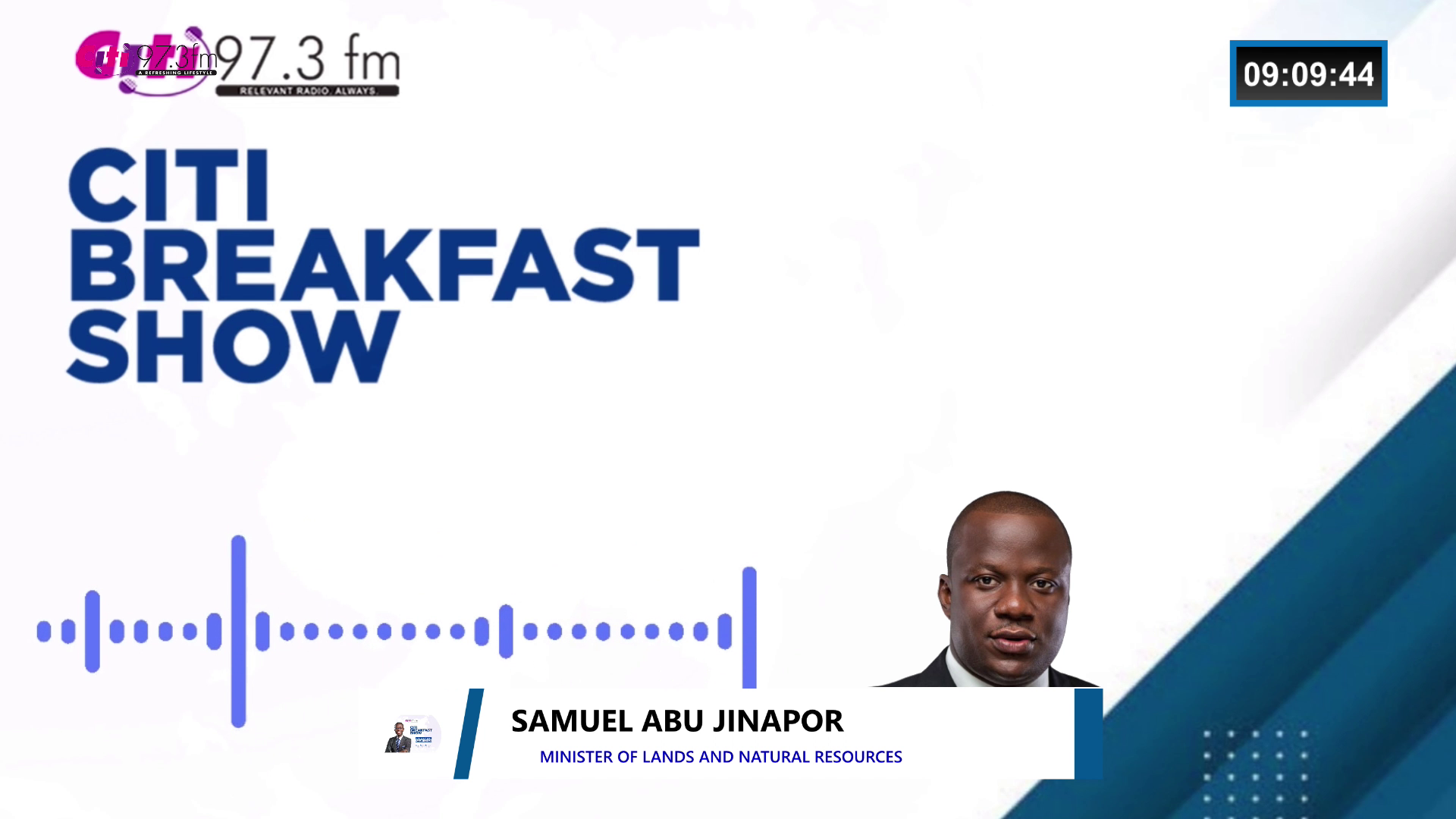Rising Costs Jeopardize Offshore Wind Farm Development

Table of Contents
Escalating Material and Equipment Costs
The surge in the cost of raw materials and specialized equipment is a major driver of increased project expenses. The construction of offshore wind farms is incredibly materials-intensive, relying heavily on steel, concrete, and specialized components like turbines and subsea cables. The prices of these essential materials have skyrocketed in recent years.
- Increased Demand: Global infrastructure projects, including a significant push for renewable energy worldwide, have fueled a surge in demand for steel and concrete, driving up prices.
- Supply Chain Disruptions: Geopolitical instability, particularly the ongoing war in Ukraine, and the lingering effects of the COVID-19 pandemic have severely disrupted global supply chains, leading to material shortages and inflated prices.
- Inflation and Rising Energy Prices: The current inflationary environment, coupled with escalating energy prices, has significantly impacted manufacturing costs, further increasing the price of essential components.
- Specific Examples: The cost of steel has risen by over 50% in some regions, while specialized turbine components have seen even steeper price increases, impacting project budgets dramatically.
These increased costs translate directly into higher project budgets and extended timelines, threatening the financial viability of many offshore wind farm projects. Developers are forced to re-evaluate project designs and seek alternative financing solutions to mitigate the impact of these escalating material costs.
Challenges in Financing and Securing Permits
Securing the necessary funding for offshore wind farm projects has become increasingly challenging due to the heightened perception of risk among investors. The combination of cost overruns and project delays is making it harder to attract investment.
- Higher Interest Rates: Rising interest rates make debt financing more expensive, adding significantly to project costs.
- Investor Concerns: Investors are hesitant to commit capital to projects with a demonstrated history of delays and budget overruns, increasing the risk premium demanded.
- Lengthy Permitting Processes: The lengthy and complex permitting processes associated with offshore wind farm development introduce significant delays and add substantial administrative costs.
- Increased Regulatory Scrutiny: Increased regulatory scrutiny and the potential for legal challenges further add to the complexities and costs of developing offshore wind farms.
Government subsidies and incentives play a crucial role in mitigating these financial challenges. However, even with government support, the sheer magnitude of the cost increases is putting a strain on project feasibility.
The Impact of Inflation and Currency Fluctuations
Global inflation and volatile exchange rates add another layer of complexity to the financial challenges faced by offshore wind farm developers.
- Currency Fluctuations: Fluctuations in the value of currencies directly impact the cost of imported materials and equipment, creating uncertainty in project budgeting.
- Increased Operational Expenses: Higher energy and labor costs, driven by inflation, increase operational expenses throughout the project lifecycle.
- Profitability Concerns: The combined effect of inflation and currency fluctuations can significantly impact the profitability of offshore wind farm projects, threatening their long-term viability.
- Hedging Strategies: Developers are employing various hedging strategies to mitigate currency risk, but these strategies cannot fully eliminate the uncertainty introduced by volatile exchange rates.
The long-term implications of persistent inflation on the viability of offshore wind projects are significant, demanding careful consideration of risk management strategies and potentially impacting the overall pace of the energy transition.
Labor Shortages and Skilled Worker Availability
A shortage of skilled labor within the offshore wind industry is exacerbating cost pressures and delaying project timelines.
- Increased Competition for Skilled Workers: The intense competition for skilled workers, such as engineers, technicians, and specialized installers, leads to higher wages and increased labor costs.
- Training and Development: Significant investment in training and development programs is necessary to address the skill gaps within the industry and build a competent workforce.
- Impact on Project Timelines: The lack of readily available skilled workers can significantly impact project timelines, adding further costs through delays.
- Workforce Planning: Proactive workforce planning and investment in training are crucial for mitigating the impact of labor shortages and ensuring efficient project execution.
Technological Challenges and Innovation Needs
Technological hurdles and the need for further innovation in offshore wind technology are critical factors in driving down costs.
- Turbine Efficiency: The development of more efficient and cost-effective turbines is paramount for reducing capital expenditures and improving overall project economics.
- Foundation Designs: Advancements in foundation designs and installation techniques can significantly reduce construction time and costs.
- Grid Integration: Improvements in grid integration and energy storage solutions are essential for optimizing energy delivery and reducing transmission losses.
- Research and Development: Continued investment in research and development is vital for driving innovation and exploring emerging technologies that can address the cost challenges facing the industry.
Emerging technologies, such as floating offshore wind platforms and advanced digital twins, hold the potential to significantly reduce costs and improve the efficiency of offshore wind farm development in the future.
Conclusion: Mitigating the Risks of Rising Costs in Offshore Wind Farm Development
The challenges discussed – escalating material costs, financing difficulties, inflation, labor shortages, and technological limitations – pose a significant threat to the expansion of offshore wind energy. These rising costs jeopardize the widespread adoption of this crucial clean energy source. However, overcoming these obstacles is achievable through collaborative efforts.
Government support through targeted subsidies, incentives, and streamlined permitting processes is essential. Simultaneously, sustained investment in research and development to drive technological innovation, coupled with robust workforce planning and development programs to address skill gaps, is crucial. Improved project planning and risk management strategies are also necessary.
Addressing the challenge of rising costs is crucial for the successful development of offshore wind farms. Further investment in research, innovation, and skilled workforce development is essential to ensure a sustainable and cost-effective transition to renewable energy. Only through collaborative efforts can we overcome these challenges and unlock the full potential of offshore wind as a vital component of a greener future.

Featured Posts
-
 Abu Jinapor Npps Unexpected 2024 Election Defeat
May 03, 2025
Abu Jinapor Npps Unexpected 2024 Election Defeat
May 03, 2025 -
 Boris Johnson Potential Comeback To Resurrect The Conservative Party
May 03, 2025
Boris Johnson Potential Comeback To Resurrect The Conservative Party
May 03, 2025 -
 Arsenals Champions League Rivals Souness Points To A Standout Contender
May 03, 2025
Arsenals Champions League Rivals Souness Points To A Standout Contender
May 03, 2025 -
 Christina Aguileras Stunning Transformation Aging Backward In Her New Video
May 03, 2025
Christina Aguileras Stunning Transformation Aging Backward In Her New Video
May 03, 2025 -
 A Place In The Sun Your Guide To Finding The Perfect Overseas Property
May 03, 2025
A Place In The Sun Your Guide To Finding The Perfect Overseas Property
May 03, 2025
